Dr. Nguyen Tue Anh, co-author of the book "Vietnam's semiconductor industry development strategy to 2030 and vision to 2050" gives a perspective on Vietnam's opportunities and challenges in the semiconductor industry race - the pillar of the global economy.
On September 21, 2024, Prime Minister Pham Minh Chinh signed and promulgated the Strategy for developing Vietnam's semiconductor industry to 2030 and vision to 2050. This is a major step forward in making Vietnam one of the world's leading centers in the semiconductor field.
The book Semiconductor Battlefield - China's Strategic Competition and Innovation Autonomy in the 21st Century by authors Pham Sy Thanh and Nguyen Tue Anh was released on this occasion, attracting the attention of readers.

- The book is called "Semiconductor Battlefield: China's Strategic Competition and Innovation Autonomy in the 21st Century". In your opinion, which competition is the most strategic in this race?
Many people think that if the government invests a lot, it can promote technology or think that this is a race between large corporations.
However, our work provides a policy analysis framework consisting of four major pillars: Political commitment, Investment and financial support, Technology promotion methods, and Human resource training and education. Any country that has a comprehensive strategy, including all four pillars, will improve its competitiveness on this battlefield.
- Why do you assert that "America's future is based on chips"? What advantages does America have in this race?
Semiconductors are the materials used to make microchips. Microchips are used in a wide range of technologies, from homes to offices.
Without the most advanced and powerful chips, high data processing capabilities and campaigns such as renewable energy development, AI development, space economic development, and US national security and defense will be limited.
The semiconductor industry was born in the United States, with a history stretching back to World War II. In the book, I mention that the US's innovation and breakthroughs that contributed to the current semiconductor technology landscape were born from the need for national security during the World War and the Cold War in the United States.
After the industry took off, was developed by the private sector, and put into civilian use, the US government shifted its focus to other issues.
But the inability of a technology pioneer like the US to produce the most advanced chips (below 5nm) domestically and the national security consequences of not having the most advanced technology led to bipartisan approval of the Chips Act by the government.
The United States’ advantage lies in this long history of development. The formation of a national innovation ecosystem that involves the government, independent innovation agencies, the private sector, universities, and even potential micro-scale factors in a system of innovation incentives also contributes to creating a solid network that helps promote technological innovation.

- In your opinion, between the US and China, which country will be the "empire" on this semiconductor battlefield?
The semiconductor map is being redrawn. From 2023, a series of countries will introduce policies to promote the semiconductor industry, including the US and China.
Each country will want to secure a part of the chain (for example, the US with its design segment and holding the most advanced IP and chip manufacturing), or want to localize the entire supply chain (like China).
In the book Semiconductor Battlefield , we also start with the question: Is the US weak against a rapidly developing China, as the international press often says?
However, the China analysis chapter and the US analysis chapter combined will give a clear and corroborated picture of the present, not just a perception.
With current figures, the US holds the highest value design segment in the semiconductor chain and essential IP. The US also created the Chip 4 alliance (with South Korea, Japan, Taiwan (China) to ensure its supply chain in addition to a series of export tightening measures. Meanwhile, China is facing many bottlenecks in accessing the most advanced technology.
But I do not presume that America will maintain its leadership position forever. Policies change constantly, and I also hope that this book will be a starting point for other studies, updated for closer assessment.
- In the race for the semiconductor industry, what opportunities and challenges does Vietnam have? Or in other words, what does Vietnam need to do to enter the global semiconductor chain?
Looking at the semiconductor industry map in chapter one of the book, readers may feel that this is a market occupied by six large countries, and that a small number of technology corporations will find it difficult to quickly catch up and compete.
However, in the new era - the era of high data processing and analysis capabilities, if not the current supply chain, then we can think of the supply chain of the future.
For example, to build a fab (the factory that actually makes the chips) in Arizona, USA starting this year will take about 5 years, and 5 years after that, they will need at least 5,000 engineers.
With the construction of a series of fabs in many places, the demand for qualified, experienced, well-trained, multi-dimensional engineers who can work domestically and internationally is very high.
Investing in people is a long-term investment not only for the semiconductor industry but also strengthens the potential for technological breakthroughs and reduces structural unemployment as industries transform.

Source: https://vietnamnet.vn/viet-nam-co-co-hoi-nhu-the-nao-trong-cuoc-dua-ve-nganh-ban-dan-2339106.html


![[Photo] National Assembly Chairman Tran Thanh Man chairs the meeting of the Subcommittee on Documents of the First National Assembly Party Congress](https://vphoto.vietnam.vn/thumb/1200x675/vietnam/resource/IMAGE/2025/5/8/72b19a73d94a4affab411fd8c87f4f8d)
![[Photo] General Secretary To Lam begins official visit to Russia and attends the 80th Anniversary of Victory over Fascism](https://vphoto.vietnam.vn/thumb/1200x675/vietnam/resource/IMAGE/2025/5/8/5d2566d7f67d4a1e9b88bc677831ec9d)
![[Photo] President Luong Cuong presents the decision to appoint Deputy Head of the Office of the President](https://vphoto.vietnam.vn/thumb/1200x675/vietnam/resource/IMAGE/2025/5/8/501f8ee192f3476ab9f7579c57b423ad)
![[Photo] General Secretary concludes visit to Azerbaijan, departs for visit to Russian Federation](https://vphoto.vietnam.vn/thumb/1200x675/vietnam/resource/IMAGE/2025/5/8/7a135ad280314b66917ad278ce0e26fa)
![[Photo] Prime Minister Pham Minh Chinh meets with the Policy Advisory Council on Private Economic Development](https://vphoto.vietnam.vn/thumb/1200x675/vietnam/resource/IMAGE/2025/5/8/387da60b85cc489ab2aed8442fc3b14a)


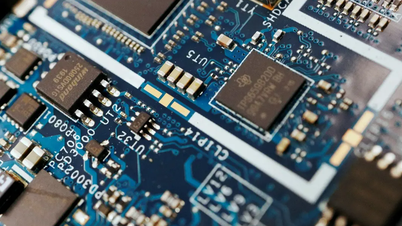







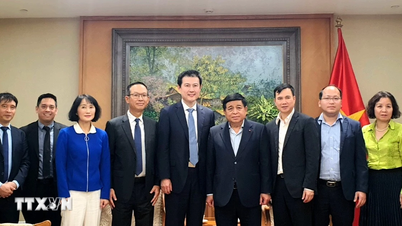














































![[Photo] Prime Minister Pham Minh Chinh talks on the phone with Singaporean Prime Minister Lawrence Wong](https://vphoto.vietnam.vn/thumb/402x226/vietnam/resource/IMAGE/2025/5/8/e2eab082d9bc4fc4a360b28fa0ab94de)
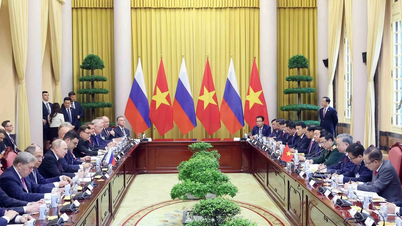

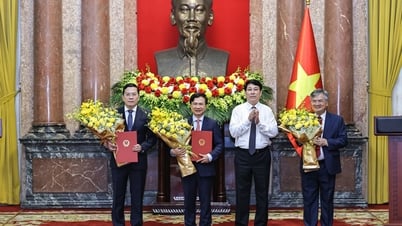






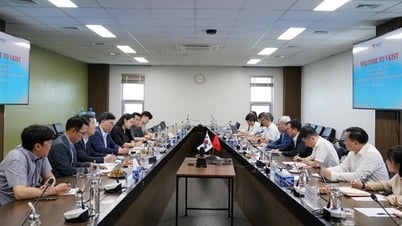

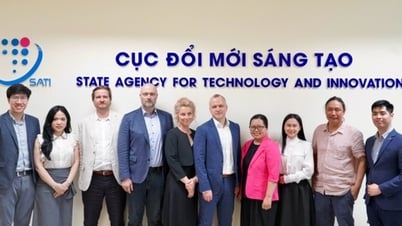
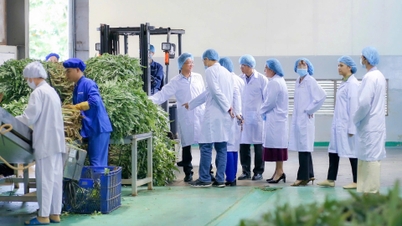

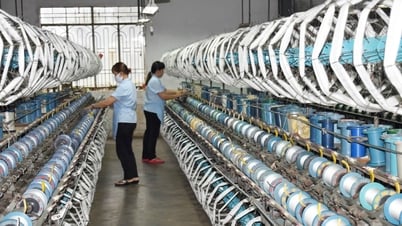


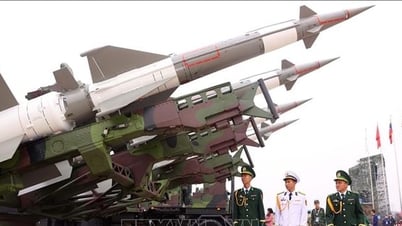
















Comment (0)